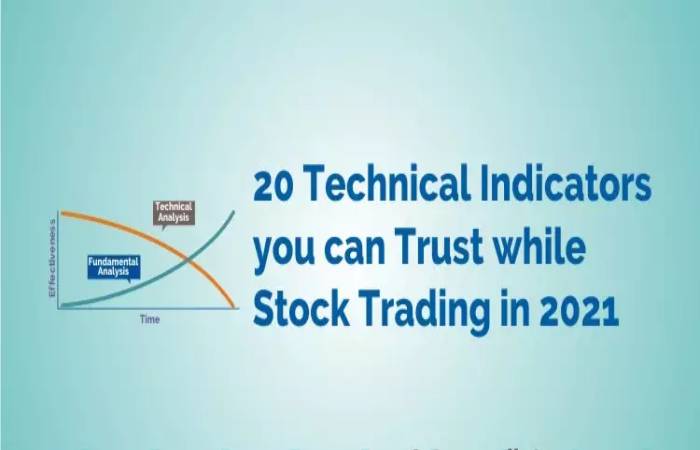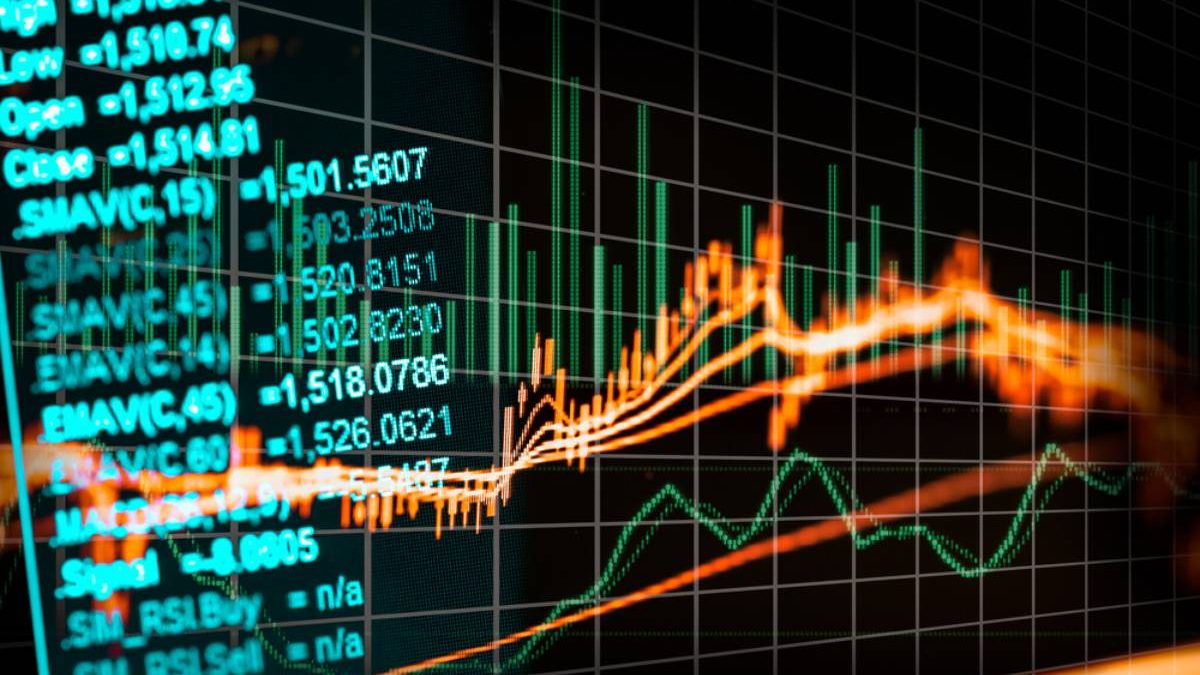Which of the following is a Technology Related Indicator – Explained
Which of the Following is a Technology Related Indicator– Technical indicators are heuristic or pattern-based signals shaped by the price, and volume.
And/or open interest of safety or contract used by traders who follow technical analysis.
Which of the following is a Technology Related Indicator.
By analyzing historical data, technical analysts use indicators to predict future price movements. Examples of common technical indicators include the Relative Strength Index (RSI), Money Flow Index (MFI), stochastics, moving average convergence deviation (MACD), and Bollinger Bands.
How Technical Indicators Work

Technical analysis is a trading punishment employed to evaluate savings and identify trading opportunities by examining statistical.
Trends gathered from interchange activity, such as price drive and volume Unlike important analysts. Who attempt to evaluate a security’s intrinsic value based on financial or economic data, technical analysts focus.
On designs of price movements, trading signals, and various other analytical charting tools to evaluate a security’s strength or weakness.
A technical examination can be used on any safety with past trading data.
This includes stocks, futures, merchandise, fixed-income, currencies, and other securities.
In this tutorial, we’ll typically analyze stocks in our examples but keep in attention that these concepts can be practical to any type of security.
In fact, practical analysis is far more prevalent in merchandise and forex markets, where traders focus on short-term price movements.
Types of Indicators
There are two basic types of practical indicators:
- Overlays: Practical indicators that use the same gauge as prices are planning over the top of the prices on a stock chart. Examples comprise moving averages and Bollinger Bands.
- Oscillators: Technical indicators that waver between a local minimum and maximum plotted above or below a price chart. Examples comprise the stochastic oscillator, MACD, or RSI.
Traders often use many dissimilar technical indicators when analyzing security. With thousands of different options.
Traders must select the indicators that work best for them and acquaint themselves with how they work. Traders may also combine technical pointers with more personal forms of technical analysis, such as looking at chart designs.
To come up with trade ideas. Technical pointers can also be incorporate into automate trading systems, given their quantitative nature.
Which of the Following is a Technology Related Indicator-Example of Technical Indicators
The following diagram shows some of the most common technical indicators, counting moving averages, the RSI, and the MACD.
In this example, the 50- and 200-day touching means are plot over the top of the prices to show where the present price stands comparative to its historical averages.
The 50-day moving means is higher than the 200-day moving regular in this case. Which proposes that the overall trend has been positive.
The RSI above the chart shows the forte of the present trend—a neutral 49.07 in this case.
The MACD below the diagram shows how the two touching averages have converged or diverged—slightly bearish, in this case.

